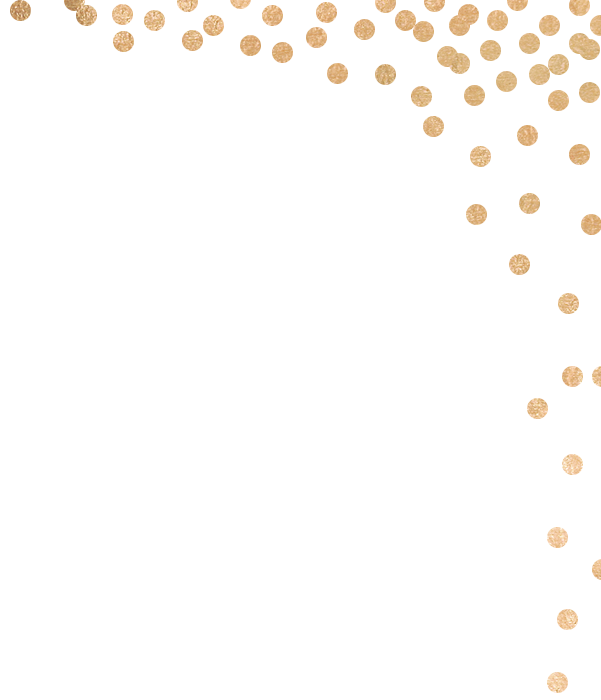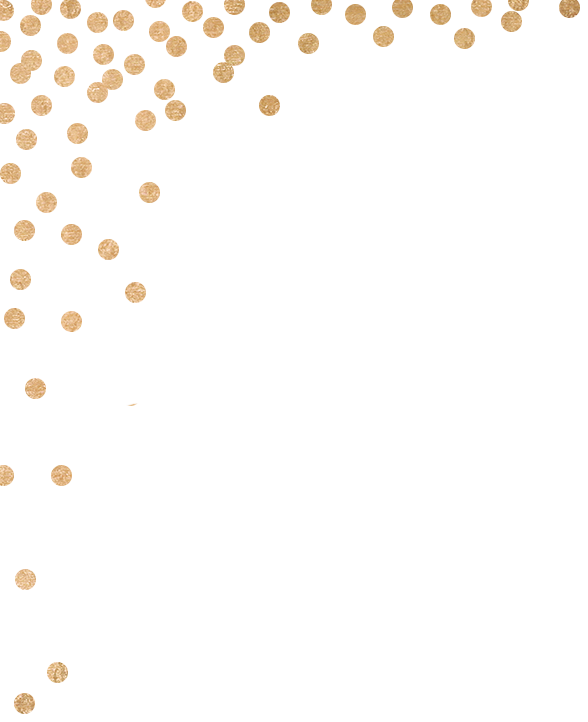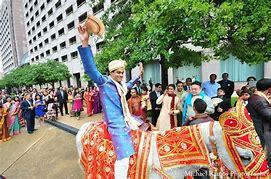Angela & Andre




Questions?

Question
I have never been to an Indian wedding, what should I wear?
Answer
Under each section in your RSVP, a description of the appropriate attire is listed.
Question
I'm curious about what the bride is wearing, since it isn't a white dress.
Answer
Indian wedding dresses are usually colorful. (Brides often trade their "something white" for "something red.") That's because Hindu ceremonies call for an outfit that's brightly colored and adorned with gold embroidery, symbolizing commitment, spirituality, and fertility. A bride might also apply a dash of red kumkuma powder to her forehead for good luck.
Question
What is Mehndi?
Answer
The Mehndi Ceremony is the application of a henna paste in elaborate intricate designs on the bride’s hands and feet. Mehndi is one of the sixteen adornments of the bride and her beauty is incomplete without it.
Question
What is the Sangeet?
Answer
Among the many pre-wedding events that occur prior to the Indian wedding ceremony, the Sangeet is where the party begins. This traditional Indian celebration is conducted to relish in the happiness and joy surrounding the couple and the union of their families. The Sangeet includes dances performed by relatives and friends of the Bride and Groom, songs by the elder female members, and an open dance floor to commemorate the festivities for the following days.
Question
What is the Baraat?
Answer
The Baraat is the arrival of the groom on the day of the wedding. The groom, usually on a horse, follows the procession of guests to the venue. When the groom’s procession arrives to the venue, the bride’s family greets them.
Question
What is the Vidaai ceremony?
Answer
At Hindu weddings, the newlywed says her goodbyes during the Vidaai ceremony, a tearful event in which the bride officially leaves her home and family to start a life with her new husband. She then takes handfuls of rice to throw over her head to show thanks and pay homage to her parents.
Question
Who do I contact if I have specific questions?
Answer
Here are list of helpful numbers: Angela cell: (646) 691-0206 Andre cell: (240) 280-4915 Avinash and Rita Sood home: (301) 926-2283 Rita Sood cell: (301) 905-8724
Question
To our out of town guests...
Answer
An itinerary will be available upon check in.